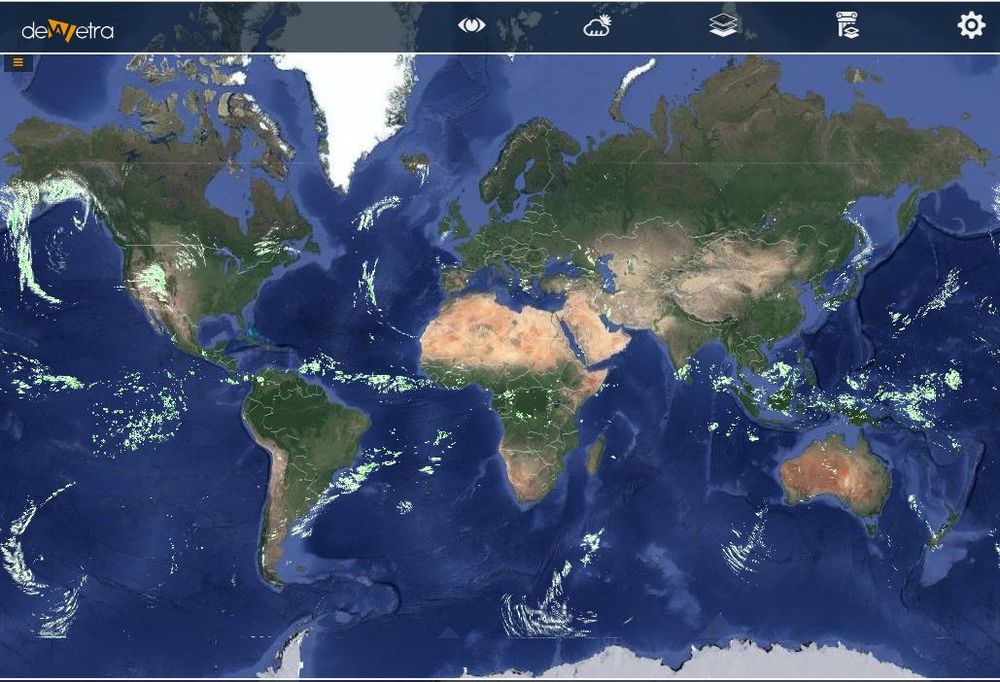Difference between revisions of "GHE(eng)"
From MyDewetra World
(Created page with " [Home] - [Observations] <br/> {| class="wikitable" |- |style="background-color: orange;" |Layer name |style="background-color: orange;"|GH...") |
(No difference)
|
Revision as of 09:20, 16 November 2018
| Layer name | GHE | |
| Tag | Rain | |
| Folder | ||
| Source | NASA-OSPO | |
| Description | The HE algorithm uses infrared (IR) brightness temperatures to identify regions of rainfall and retrieve rainfall rate, while using National Centers for Environmental Prediction (NCEP) Global Forecast System (GFS) model fields to account for the effects of moisture availability, evaporation, orographic modulation, and thermodynamic profile effects. Estimates of rainfall from satellites can provide critical rainfall information in regions where data from gauges or radar are unavailable or unreliable, such as over oceans or sparsely populated regions. Recently the HE has been extended to the entire globe equator-ward of 60 degrees to meet user community's need for support of global flash flood guidance efforts.
The HE rainfall rate estimates are produced routinely every 15 minutes for the continental United States using the data from NOAA's Geostationary Operational Environmental Satellites (GOES), and also for the rest of the world using available geostationary data over Europe, Africa, and western Asia (METEOSAT), and eastern Asia (MTSAT). The global rainfall composite is then generated from those estimates from multiple satellites and updated every 30 minutes. The operational global HE products available include instantaneous rain rates and 1-hour, 3-hour, 6-hour, 24-hour and multi-day precipitation accumulations. | |
| Screenshot | ||
| Properties | ||
| Available variables | Rain depth | |
| Available accumulations | 1, 3, 6, 12 and 24 hours | |
| Available interpolation algorithms | ||
| Available filters | ||
| Spatial aggregations |

